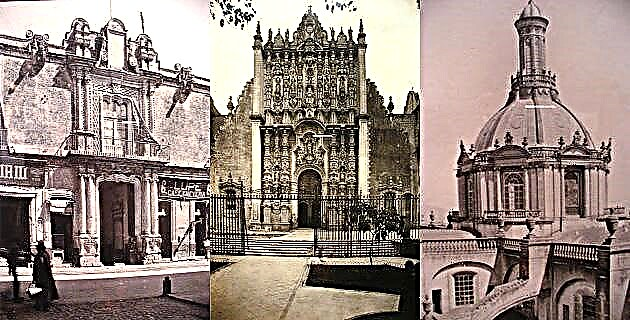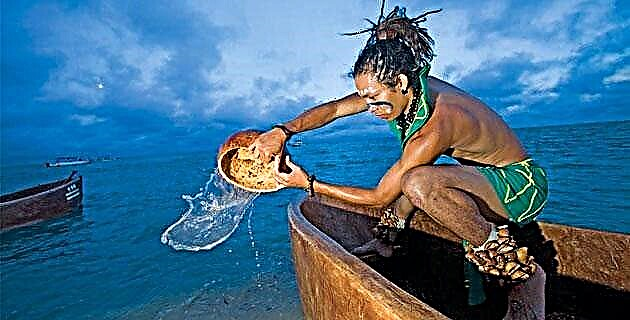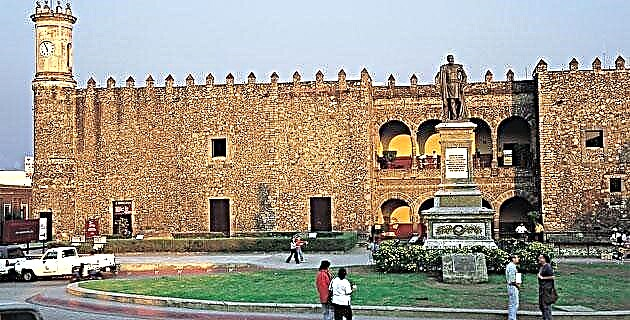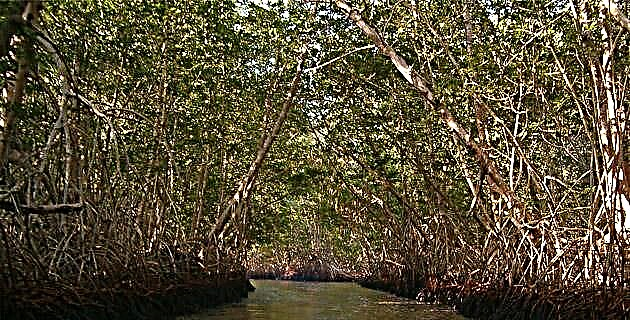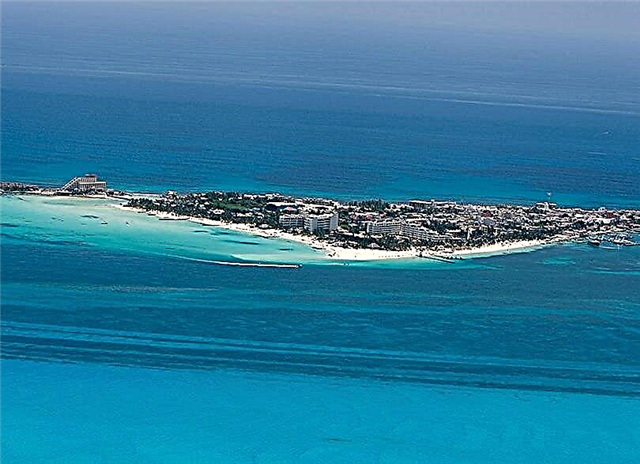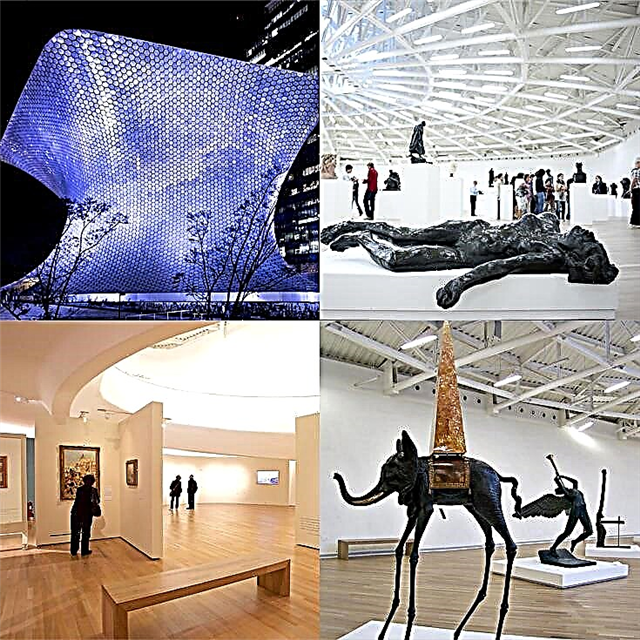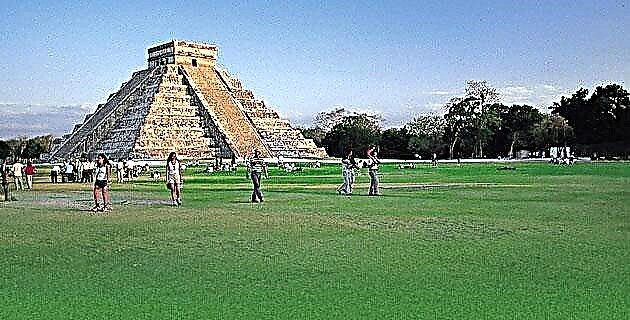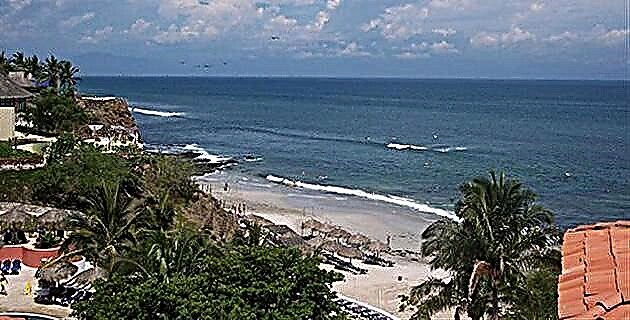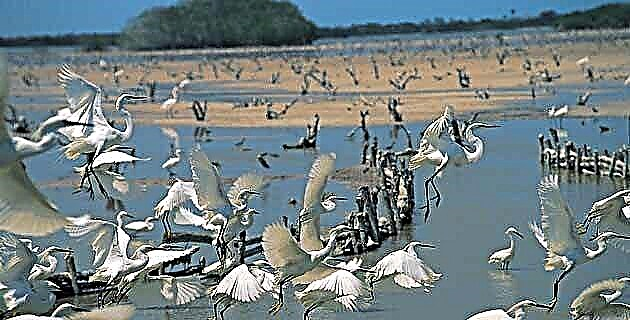
In order to photograph and explore the Laguna de Terminos Reserve, the unknown Mexico team moved to Ciudad del Carmen, Campeche.
To continue the adventure, the unknown Mexico team moved to City of Carmen, Campeche. There we met Eliseo, our boatman and guide, who led us to discover its main attractions and towns, including Palizada, Isla Aguada and Sabancuy. We left Ciudad del Carmen very early and began to navigate the Laguna de Terminos, which, more than a lagoon, looks like an inland sea due to its great extension.
While we were sailing, our guide told us that before the arrival of the Spaniards and the pirates, Laguna de Terminos and its surroundings were occupied by the Mayan chiefdoms of Ah Canul, Can Pech or Ah Kim Pech (where Campeche comes from), Chakamputun, Tixchel and Acalán (the latter two located in the current region of Sabancuy and surrounding territories that border the Laguna de Terminos towards the Candelaria River.The chronicles narrate that this region had a great fishing activity where “every day more than two thousand canoes went out to fish and returned every night” (Justo: 1998, p. 16).
After crossing part of the Laguna de Terminos we began to navigate the Palizada River, which bears this name because of the large number of logs that it dragged in its current.
After going through mangroves and aquaculture farms, the green of the landscape was joined by yellow, red, blue and many more of the houses in the little town of Palizada, without a doubt, one of the most beautiful towns in Mexico. Even more so if you come by river, it is a delight. It was officially founded by the Spanish on August 16, 1792, by royal decree of Carlos II, to prevent the English pirates possessed from Isla del Carmen from invading these lands.
Palizada was the main site of precious wood cutting and palo de tinte from the region, these were transported by the river to be shipped to Europe in the then Villa del Carmen.Thus, during the rest of the day, we took the opportunity to visit this magical little town and live with its people who are characterized by their great hospitality.
FLORA AND FAUNA PROTECTION AREA LAGUNA DE TÉRMINOS
The next day, we boarded our boat and returned to the Laguna de Terminos to tour the Protected Natural Area that has 705,016 hectares, which makes it one of the largest in Mexico. It is located in the coastal area of Campeche and includes the municipalities of El Carmen and part of the municipalities of Palizada, Escárcega and Champotón.
It is the largest and largest estuarine lagoon system in the country, since the waters of the Mezcalapa, Grijalva and Usumacinta rivers meet in this area. On February 2, 2004, it entered the list of Ramsar sites, a distinction that is awarded to unique wetlands in the world and that are also vital for the conservation of ecological diversity. Laguna de Terms meets both characteristics. The List of Wetlands of International Importance was instituted in the Iranian city of Ramsar in 1971. In this way, designated sites can benefit from international cooperation for the responsible management of wetlands and their resources. There are currently more than 1,300 registered as Ramsar sites, and 51 of them are in Mexico.
The conservation of this ecosystem is vital, since it constitutes a barrier against floods, hurricanes and tropical storms. In addition, it is home to 374 species of terrestrial and aquatic plants and 1,468 species of fauna that comprise terrestrial and aquatic vertebrates. Of these, 30 species of amphibians, reptiles, birds and mammals are endemic. In addition, 89 species are reported with different degrees of risk or threat to their existence, such as the jabirú stork, manatee, crocodile, tepezcuintle, raccoon, ocelot, jaguar and sea turtles.
During our journey we stopped at the island of birds to observe and photograph them. In the reserve there are 49 families registered with 279 species of birds.
Finally, and accompanied by a heavy downpour, we reached the town of Aguada Island.
WILD LABYRINTHS AND BEACHES
The next day we left Isla Aguada in the direction of Sabancuy and navigated through a labyrinth of mangroves enjoying unforgettable landscapes until we reached the picturesque town.
In Sabancuy we end our tour taking advantage of its beaches. Santa Rosalía and Camagüey are well known for their fine sand and for being washed by calm waters of the Gulf of Mexico.
Thus, lying under the hearty sun, we say goodbye to this Reserve, but not before thanking the universe for the opportunity to have been in one of the richest places in biodiversity on the planet.
IF YOU GO TO LAGOON DE TERMS TAKE INTO ACCOUNT THESE RECOMMENDATIONS
- We recommend you stay in Ciudad del Carmen. You should contact a local fisherman, who can support you on your journey.
- For a better observation of nature, the use of binoculars or telescope is recommended.
- If you travel by motorboat, turn it off in the mangrove areas; lean on a pair of oars.
- Repellent, hat, sunscreen and a camera are essential items in your luggage. Also, if you have a Mexican bird guide, take it with you, it will be very useful.
- A good lunch during the tour will be necessary, just remember not to leave garbage in the places you visit. You must drink plenty of water.
Photographer specialized in adventure sports. He has worked for MD for over 10 years!


